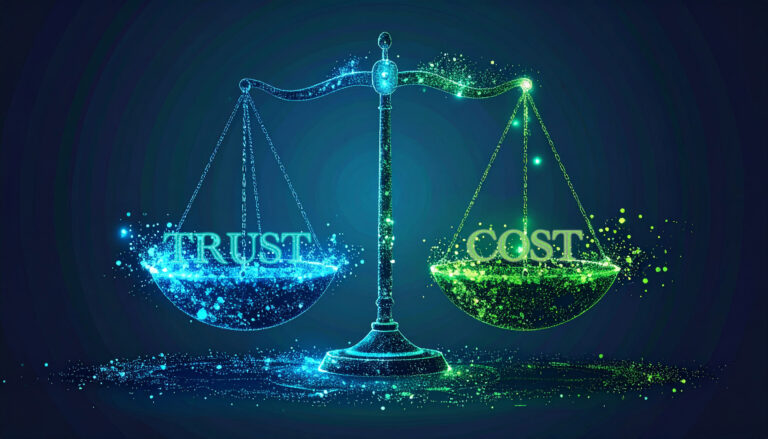Non-Condensing Fire Tube Chemical Boiler Market | Global Market Analysis Report
The Breakdown
The global non-condensing fire tube chemical boiler market is poised for steady, moderate growth over the next decade. Valued at USD 1.0 billion in 2025 and projected to reach USD 1.5 billion by 2035 with a 4.0% CAGR, the market is driven by the enduring demand for robust, low-maintenance, and reliable process heating solutions in chemical and associated industries. Core demand will arise from modernization, regulatory compliance, and replacement of legacy assets—rather than greenfield projects or disruptive innovation. While advanced and condensing boiler types may be gaining attention, established fire tube technology remains entrenched for operations where durability and cost-effective maintenance outweigh the imperative for the highest thermal efficiency.
Analyst View
B2B specialty chemical leaders will recognize that market growth, while slower than that of high-efficiency alternatives, is supported by essential process needs where the cost, reliability, and maintainability of non-condensing fire tube boilers are paramount. Market activity is less about expanding demand and more about lifecycle management—driven by regulation-induced upgrades, the reliability requirements of process-critical operations, and the persistent need for operational safety.
The market’s competitive structure remains moderately consolidated, with a handful of multinational OEMs dominating through proven portfolios and a track record of safety compliance. Yet, new value creation is emerging through modularity, digital controls, and more versatile, retrofit-friendly designs enabling cost containment amid capital investment headwinds. Adoption rates and growth trajectories remain region-specific—China and India reflect accelerated industrialization, while Germany, France, and the UK are propelled by plant modernization, compliance, and incremental replacement programs. For North America and Europe, channel partners and aftersales support capabilities will increasingly tip the balance in high-value procurement cycles.
While regulatory tightening directs attention to energy performance and emissions, the entrenched position of non-condensing units reinforces a ‘last man standing’ dynamic for applications where switching costs or technical complexity hinder migration to advanced alternatives. Leaders who can orchestrate field support, compliance adaptability, and automation integration will deepen customer stickiness in a fundamentally stable yet evolving segment.
Navigating the Signals
Decision makers should anticipate value chain pressures as industrial users rebalance capex and opex priorities amidst operational risk and safety compliance requirements. The opportunity lies in understanding that plant managers will continue to favor proven boiler technologies for established processes—and will increasingly insist on modularity, ease of integration, and predictive maintenance solutions. The critical question: How can suppliers best align offerings to the evolving priorities of process viability, digital enablement, and regulatory assurance?
Leaders must future-proof their strategy by probing channel responsiveness and local service capability—a determinant of both initial sale and customer lifetime value in mature, compliance-driven end-markets. In supply-constrained or capex-sensitive geographies, competitive differentiation is moving from core engineering to service models and digital ecosystem integration. Business planners should reevaluate portfolio positioning: In which regions and use cases does the incremental value of reliability and simplicity trump higher efficiency? Where is direct sales traction impeded by project financing or retrofit complexity?
What’s Next?
Breakthrough Marketing Technology empowers B2B chemical sector leaders to diagnose risk and unlock growth through actionable intelligence and scenario modeling. By applying our proven methodologies, you can:
- Clarify where your current product and service value propositions align—or misalign—with market requirements that are evolving under regulatory, cost, and operational pressures.
- Reveal new opportunities for digital integration, modularity, or service differentiation by analyzing the decision triggers along the buyer journey and the specification process.
- Quantify the impact of regional market dynamics—from procurement preferences in Asia-Pacific to compliance hurdles in Europe—and recalibrate your go-to-market approach accordingly.
- Mitigate risk by anticipating shifts in retrofit and lifecycle spending, channel influence, and the escalating demands for operational uptime and predictive maintenance.
The right insights transform ambiguity into actionable clarity—let us help you seize opportunity as legacy product segments evolve under new industrial realities.
Source
Understand Your Risk. Seize Your Opportunity.
Take the Breakthrough Market Uncertainty Assessment Guide to pinpoint what’s holding your growth back, and what can accelerate it.


